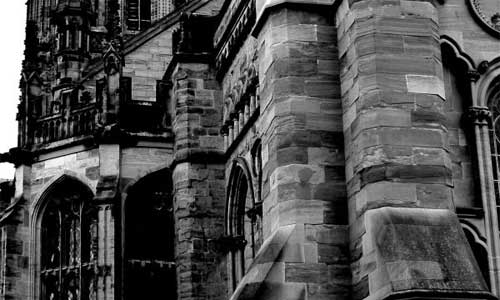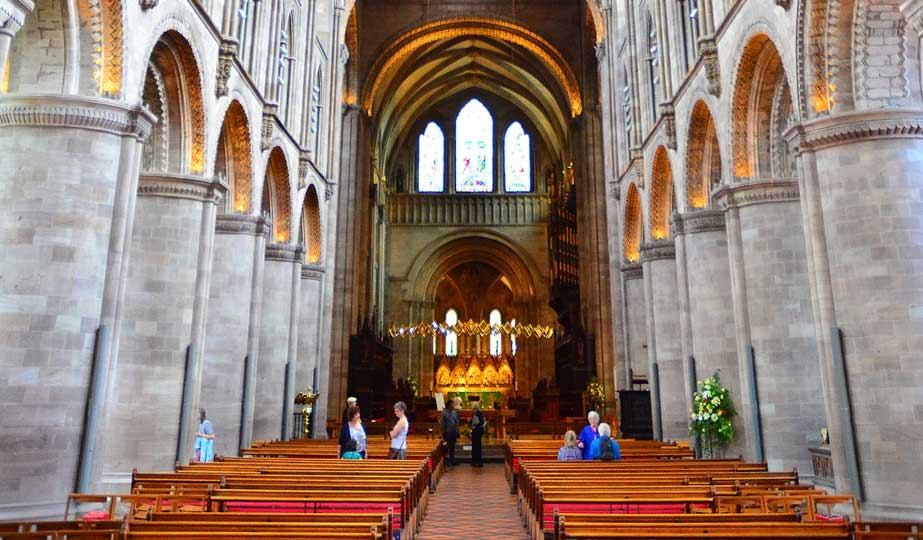The city of Hereford is located about 250 kilometres northwest of London, and it is the most densely populated community in the county of Herefordshire.
The town was initially a ford used by the Anglo Saxons in the 7th century. During the early 8th century, it was occupied by a bishop, and the settlement slowly grew into a town. A famous conflict ensued at Hereford in 760 between the Anglo Saxons and the Welsh.
The death of St Ethelbert in 794 inspired many pilgrimages to the town. People visited relics, shrines, chapels, and the memorials of saints. In 1086, the first archdeacon was appointed at Hereford. Construction on the Anglican cathedral that still stands to this day began in 1079, and it was finally completed in 1250.
After the Normans took control of England in 1066, the population of the town still grew, and it remained an agricultural hotspot for traders. The town attracted Jewish settlers around the 12th century.

The town and its people were handed a charter towards the end of the 12th century, and the diocese invested more in infrastructure projects like stone bridges, walls, and homes, and the market was expanded.
The town became well established as a cathedral city in the 13th century. Many books, shrines, and relics were acquired for the cathedral. Trade and pilgrimages continued to benefit the growth of the local economy.
During the 12th century, the town specialised in making wool and leather products. Traders from all over Herefordshire and Worcestershire would travel to the town to participate in fairs that were held annually. Dominican and Franciscan friars also settled in the town, preaching to the people in the community.
Bishop Thomas Cantilupe was declared a saint after his death in 1282. This also inspired pilgrimages to the town. The first mayor of Hereford was inaugurated in 1383. Hereford suffered great losses during The Black Plague, but records indicate that the town was still well maintained and thriving during the renaissance period in the 16th and 17th centuries.
The first hospital, Coningsby, opened its doors in 1614, and many new houses were built to accommodate the growing population. The population of Hereford would exceed 21,000 people towards the end of the 19th century. The Town Hall, educational institutions, museums, memorials, and infrastructure projects were built in the early 20th century.
The cultural heritage of Hereford plays a significant role in English history. Have more questions about Hereford? Reach out to us via email to find out more.

